The charges shook the foundation of the city’s construction industry. Prosecutors said concrete strength tests had been faked for ground zero’s centerpiece tower, the new Yankee Stadium and dozens of other projects.
NEW YORK
The charges shook the foundation of the city’s construction industry. Prosecutors said concrete strength tests had been faked for ground zero’s centerpiece tower, the new Yankee Stadium and dozens of other projects.
Testwell Laboratories Inc., its president and three other officials are headed for trial on charges they made up and manipulated concrete and steel test results for years. But the concrete the company was hired to test is already on trial in 102 buildings, including landmark city projects.
Authorities stress they have found no safety concerns so far. But they don’t yet have results for more than two-thirds of the projects, including hospitals, hotels, museums and apartment buildings.
Jury selection started last week in the Testwell case. Prosecutors have also charged another concrete testing company and its lab director with falsifying test results for the Sept. 11 memorial, LaGuardia Airport’s control tower and nearly 100 other projects. That company and lab director have pleaded not guilty; no trial date has been set.
Fallout from the cases is still being felt on construction sites.
Inspectors have issued dozens of violation notices in three months of conducting new spot checks on concrete testing procedures, city spokesman Tony Sclafani said.
For the first time, the agency has refused to renew licenses for some concrete labs, including now-bankrupt Testwell.
“Everybody, I think, is more on edge,” said Joseph S. Kaming, a lawyer for the Cement League, a contractors’ group. “But we don’t have a sense, as yet, that there’s been an endangerment of safety.”
More than a dozen of Testwell’s major projects have been retested and declared safe, including the 1,776-foot-tall Freedom Tower now rising at the World Trade Center site, the future Second Avenue subway line, Yankee Stadium, a JetBlue terminal at Kennedy Airport and a 40-storey Times Square office building.
Although large cracks appeared in the ballpark’s concrete ramps months after it opened, city officials said the fissures didn’t affect stability.
But at least 70 projects have yet to be retested, Sclafani said. It took the city months of consulting with engineers to set standards for the retests, which cost $100,000 for an average highrise.
The charges of faking test results cast doubt on a technical but important part of building in a city of subways and skyscrapers.
Despite its bland look, concrete is carefully tailored for different uses and sensitive to variations in ingredients, storage and other factors, making testing a necessity, said Christian Meyer, a Columbia University civil engineering professor who specializes in concrete technology.
In the Testwell case, prosecutors allege staffers used computer projections to assess concrete formulas — or “mix designs” — instead of actually mixing the product in a lab and subjecting it to pressure until it broke, the Manhattan District Attorney’s office said.
And the results of real tests on concrete samples from construction sites were frequently doctored at Testwell’s Ossining headquarters, prosecutors allege.
“Let me know which I need to send to the clients and which I need to alter,” one employee asked a lab director in an e-mail, according to prosecutor allegations.
Some Testwell steel inspectors reported scrutinizing welds on pieces of steel that weren’t welded, prosecutors charged.
Company President V. Reddy Kancharla has said in court papers that the mix designs were based on proven formulas, and customers understood what they were getting. The botched steel test reports were simply errors that were corrected, he said.
And if test results were altered, the changes were minor adjustments to smooth inconsistencies, and the concrete was ultimately safe, the defendants have said.
“The notion Testwell was a criminal enterprise borders on the absurd,” said Kancharla’s lawyer, Paul Shechtman. “Large parts of this case are an attempt to turn contract disputes into crimes or common industry practice into criminal offenses.”
Associated Press


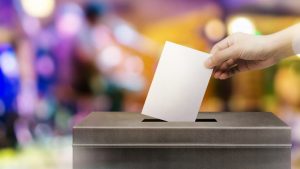
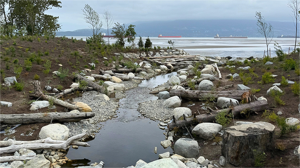
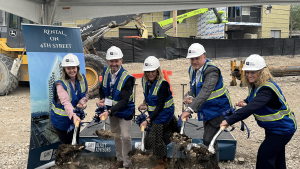

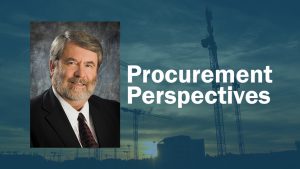
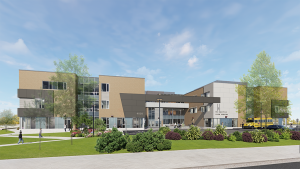
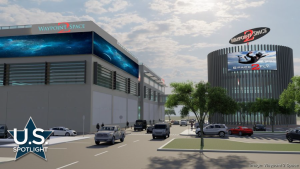

Recent Comments
comments for this post are closed